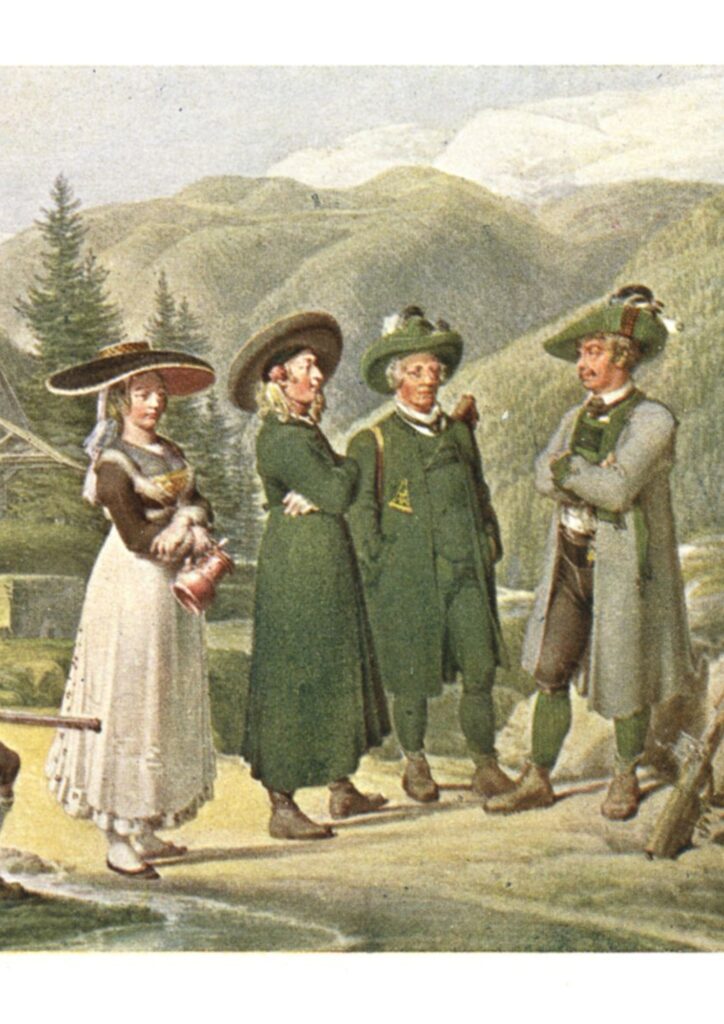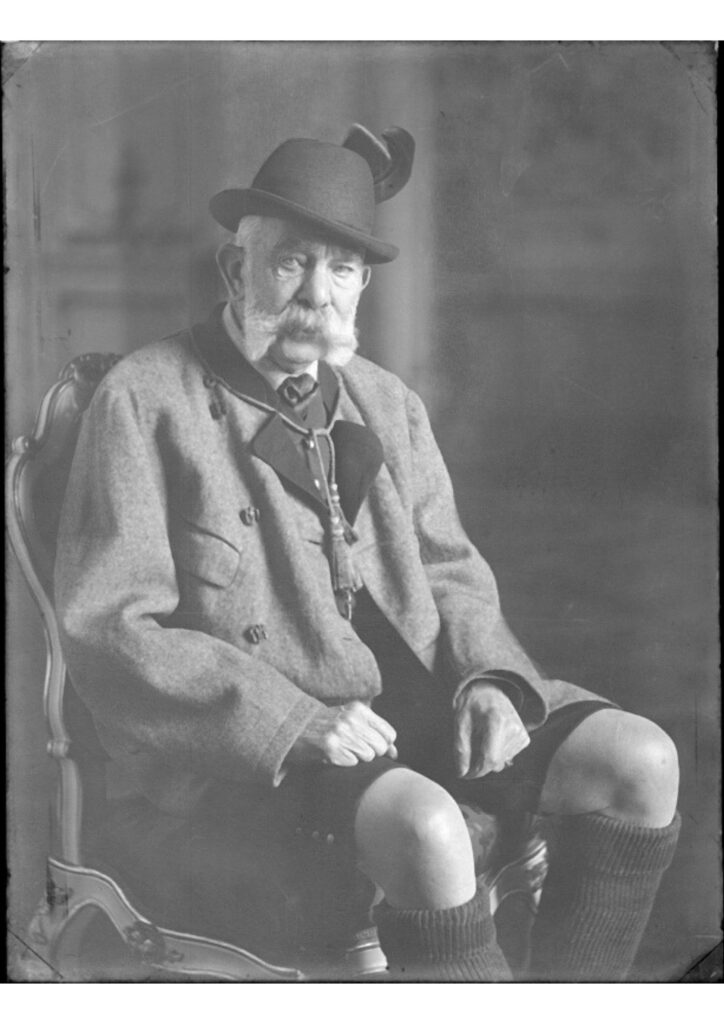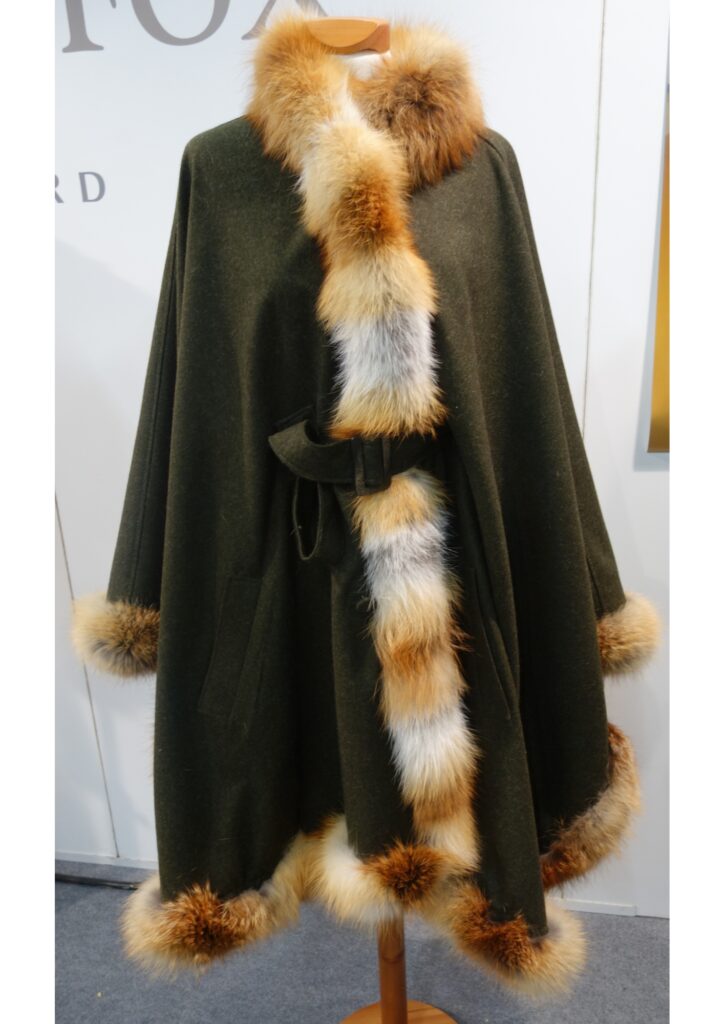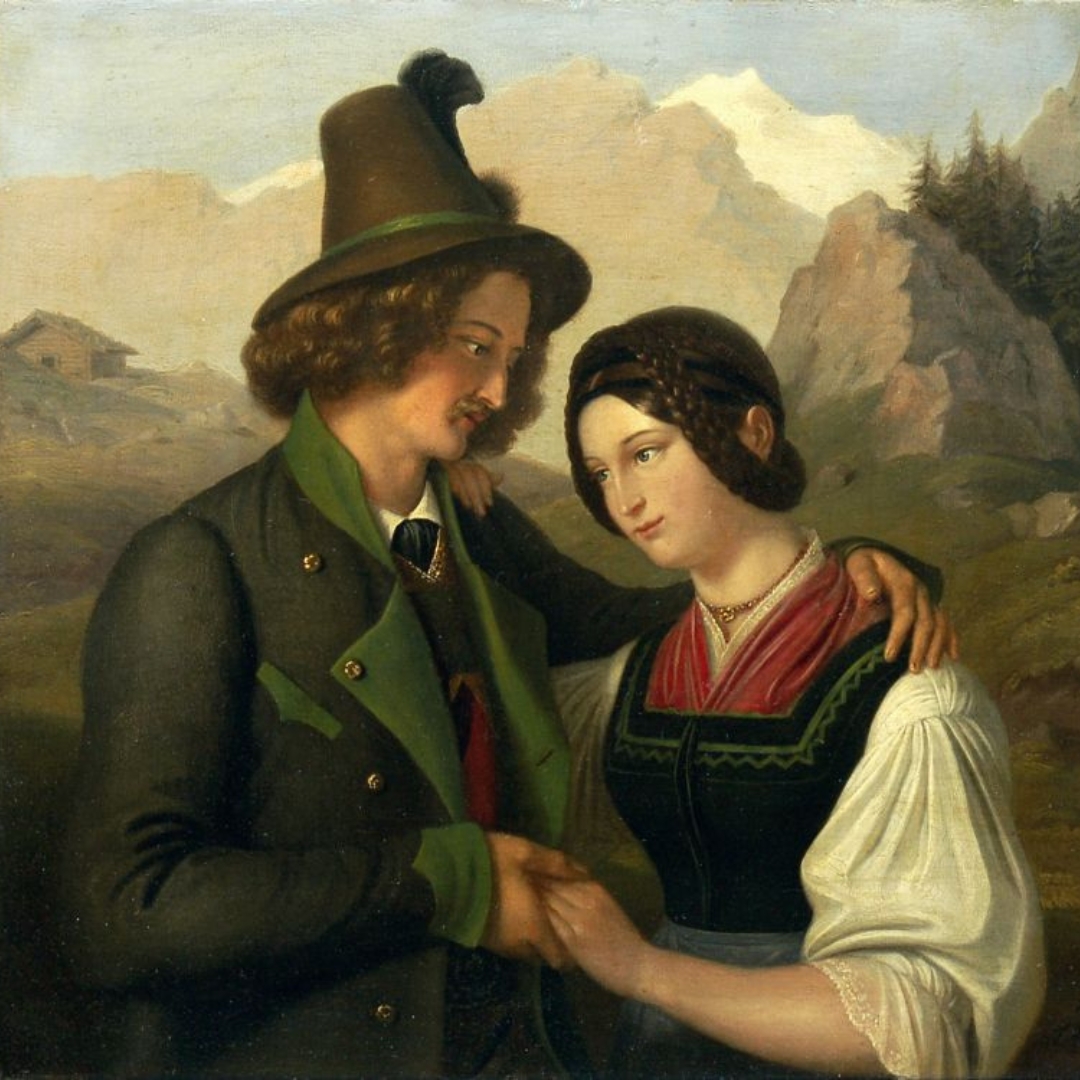Ever wondered what connects the Austrian Emperor Franz Joseph, iconic designer Yves Saint Laurent, sports giant Nike, and Saint Hubertus? The answer is Loden! In this article, we will dive into the history of Loden, a sustainable material known as the first performance fabric.
Let’s start with the fact that you might not own a Loden coat or cape, yet your parents, uncles, or grandparents likely have one. This greenish or grey outerwear was a fashion staple in the 70’s and 80’s. From Rome to London and New York, every elegant individual embraced these woollen classics during winter. But if you are a fashion vintage babe, you will want a Loden coat in your winter closet.
Understanding Loden
So, what exactly is Loden? It’s a sustainable material, entirely produced in Tyrol and South Tyrol. Made from raw wool, it’s transformed into a fabric that’s both lightweight and incredibly durable. This fabric is also long-lasting and waterproof. Creating Loden is an intricate, multi-step process. It involves up to 40 steps, including shrinking with warm water and soap, hammering, and repeatedly brushing the cloth.

Loden’s Humble Beginnings
Originally, Loden was peasant outerwear. In the Middle Ages, peasants and shepherds spun and wove raw sheep wool. They crafted coats and trousers to shield the Alpine population from harsh weather. Loden was the first fabric designed for extreme conditions, being tear and water-resistant. A notable moment in its history was in 1909 when the Steiner brothers wore it while scaling Hoher Dachstein’s near-vertical southern face. The history of Loden makes this material a heritage one, as the first performance fabric that evolved into a fashion item.

Loden and the Habsburgs
Emperor Franz Joseph I of Austria notably had a Loden grey coat and a white cape, custom-made by Moessmer. This company began blending the sturdy cloth with Merino and Cashmere wool. The Vienna Court’s aristocrats, and soon all of Europe, followed the Emperor’s fashion lead. Loden became the preferred hunting outerwear, hence its connection to Saint Hubertus, the patron saint of hunters, whose ethical hunting principles are still taught today. There’s even a coat model named after the saint.

Loden’s Fashion Evolution
Over time, Loden became synonymous with the sleek, single-breasted coat made from Loden wool, and it also refers to a specific colour: Loden-Green. Fashion houses like Yves Saint Laurent, Gucci, Dolce & Gabbana, and sportswear brands like Nike and Adidas widely adopted the smoother fabric.
However, in the Noughties, Loden’s popularity waned, overshadowed by synthetic materials. It was deemed old-fashioned and fell out of favour in urban settings, though it remained a traditional choice in rural areas like Bavaria, Tyrol, and South Tyrol.
Loden’s Resurgence
Fortunately, family-run companies and Loden mills, like Steiner (founded by the aforementioned Steiner brothers), persisted in producing these exquisite coats. They are regaining popularity. Thanks to their environmentally friendly materials, traditional craftsmanship, and longevity (they can be passed down through generations), Loden coats are attracting eco-conscious consumers. We’re likely to see a growing trend of fashion-forward individuals embracing this timeless piece.
Title: Junges Paar in Tracht von Adam Brenner, 1840. All images via Wikimedia Commons
